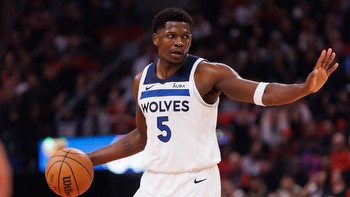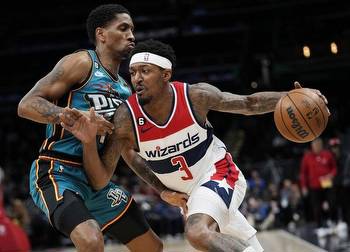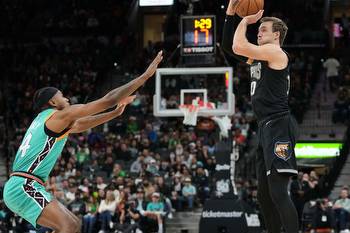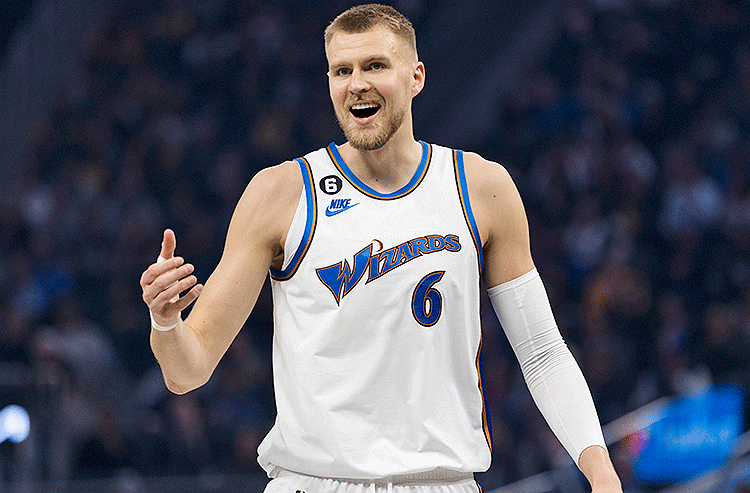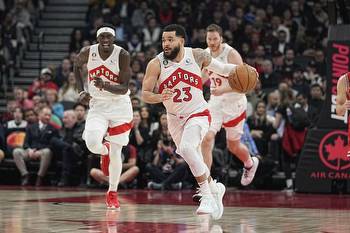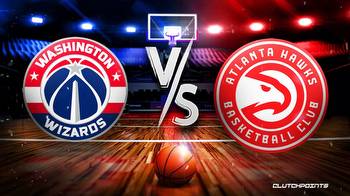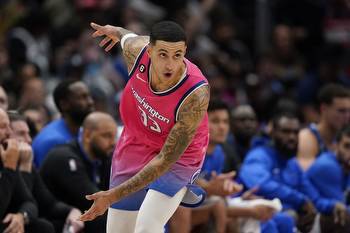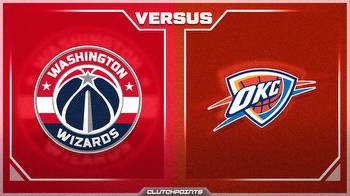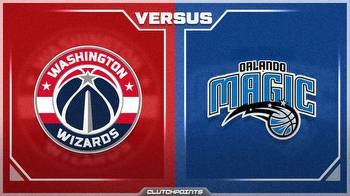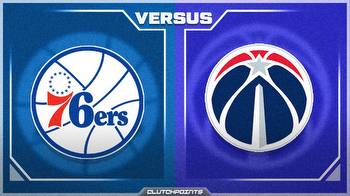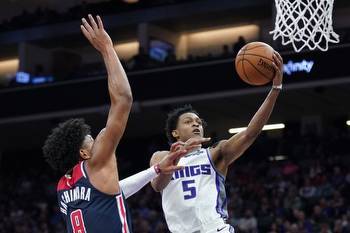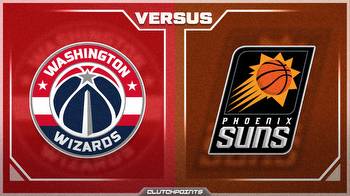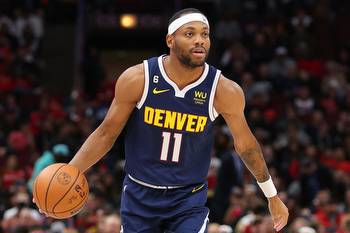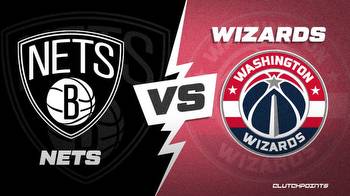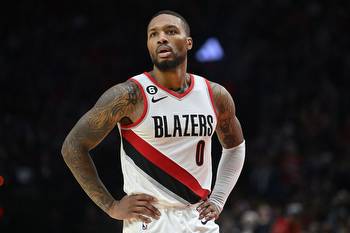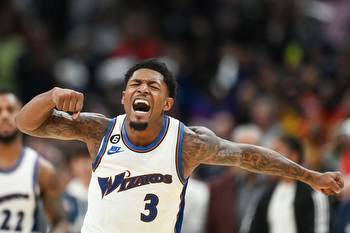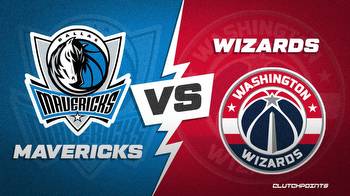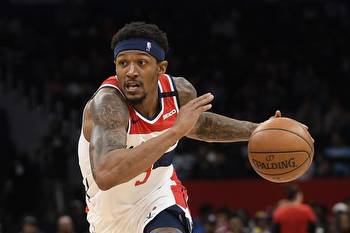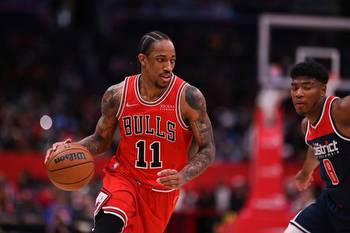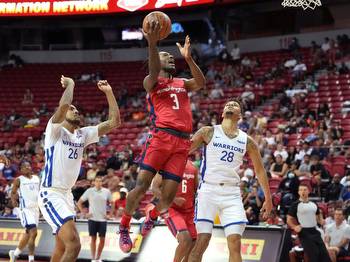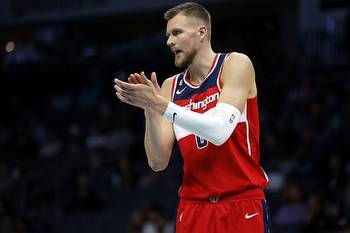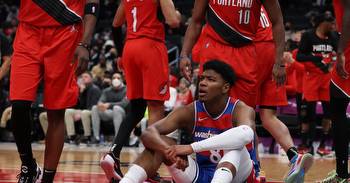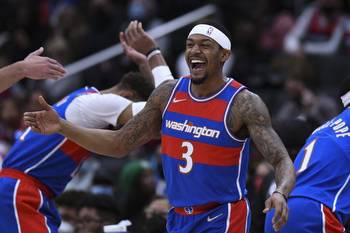What should the Wizards do with Kristaps Porzingis?
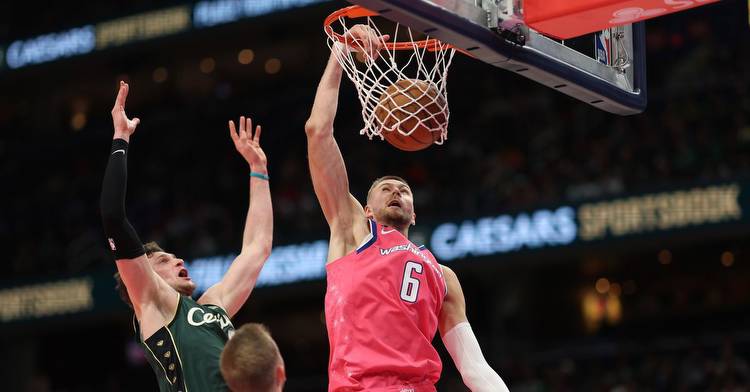
Among the decisions facing whoever replaces Tommy Sheppard as head of basketball operations is what to do with Kristaps Porzingis. The 7-3 Unicorn was Washington’s best player last season, and the combination of his height and shooting range made him a nightmare matchup — at least in the first quarter.
Porzingis has a $36 million player option for next season. He could exercise it and sign an extension in the offseason, play out the season and become a free agent, or decline the option and become a free agent this summer. Whatever he decides, the Wizards have to know how far they’re willing to go to bring him back — assuming they’re still planning to “build around” Bradley Beal.
Last season was arguably the best of Porzingis career because of the combination of production and availability. Relative to league average, he was about as good per possession in 2019-20 (his first year with the Dallas Mavericks), and he was probably more productive in 2021-22 (split between Washington and Dallas).
But in 2022-23, he was healthy enough to play 65 games, and he would have played more if the Wizards hadn’t been eliminated from postseason contention with more than a handful of games still on the schedule.
Porzingis’ offensive production was impressive. On 27.0% usage, he added excellent efficiency — +7.2 points per 100 possessions better than league average. He had the best two-point shooting season of his career, and his second best from three-point range. In addition to scoring 34.8 points per 100 possessions, he added 4.0 assists — tied with 2021-22 for the best mark of his career.
The Wizards had an effective offense with Porzingis on the floor last season, whether the other members of the Lottery Three (Beal and Kyle Kuzma) were on or off the floor.
On defense, the results were more ambiguous. NBA tracking data indicated Porzingis was one of the best rim protectors and shot defenders in the league. The on/off data showed that opposing teams were just as efficient whether Porzingis was out there or not — they compensated for shooting worse from the field by committing fewer turnovers.
Two issues the Wizards will need to think through. First, his penchant for disappearing after a hot start. Was that a Porzingis issue — meaning he got tired or he coasted or he lost focus or he was taken away by adjustments from the opposition? Was it a teammate issue — his colleagues “getting theirs” after seeing Porzingis pour in points? Or was it a coaching issue — the team going a different strategic direction instead of spamming what was working until the defense made them stop?
My guess is it was a combination of all three. Assuming Porzingis’ efficiency wasn’t an outlier (which it could be — he’s never been this efficient in his career), there’s reason to think the Wizards offense could improve next season by making him the focal point. He was already close to that this season (27% usage), and play tracking data and passing stats suggest there may be untapped potential that could help the team.
The other issue: consistency. As you can see in the performance EKG (below), his production swung up and down throughout the season. He registered a 65 in my consistency metric, which is a relatively poor score for a high usage player. I’ll probably do something on consistency during the summer, but focal point players in previous years had consistency scores in the 40s (a smaller number indicates less game-to-game fluctuation).
Tim Duncan was the all-time metronome — he notched a consistency score in the 20s one season. Gilbert Arenas, who was known for outburst games, was in the 50s in his best years.
All this to say that Porzingis’ lack of consistency is something the team’s braintrust should investigate during the offseason. If they’re going to keep him.
The chart above tracks Porzingis performance throughout the season as measured by my Player Production Average (PPA) metric. In PPA, average is 100, higher is better and replacement level if 45. Porzingis’ PPA for the full season was 153.
Red line = rolling full-season PPA after each game
Gray line = 5-game rolling PPA
Blue line = 10-game rolling PPA
Whether the Wizards keep him will be predicated on the franchise’s overall strategy. If Ted Leonsis persists in trying to make the playoffs with Beal as The Franchise Player, Porzingis is probably about as good as they’re going to do for a number two (even though Porzingis is likely to be the number one in terms of production). And, he’ll at least have a salary large enough to trade for a true star should one become available, and if the new management group is willing to actually commit to the “win now” bit and trade draft picks to improve the team now.
Porzingis isn’t old — next year is his age 28 season — and he could be productive for the next 3-5 years. On the other hand, extremely tall players may be prone to injuries that reduce availability and shorten careers. If the Wizards are going to bet on Beal and stick to their build from the middle strategy, they might as well bet on Porzingis as well. With some luck in the draft, they might be able to land a promising youngster who can help them make the playoffs and lead the transition into a new Wizards era.


